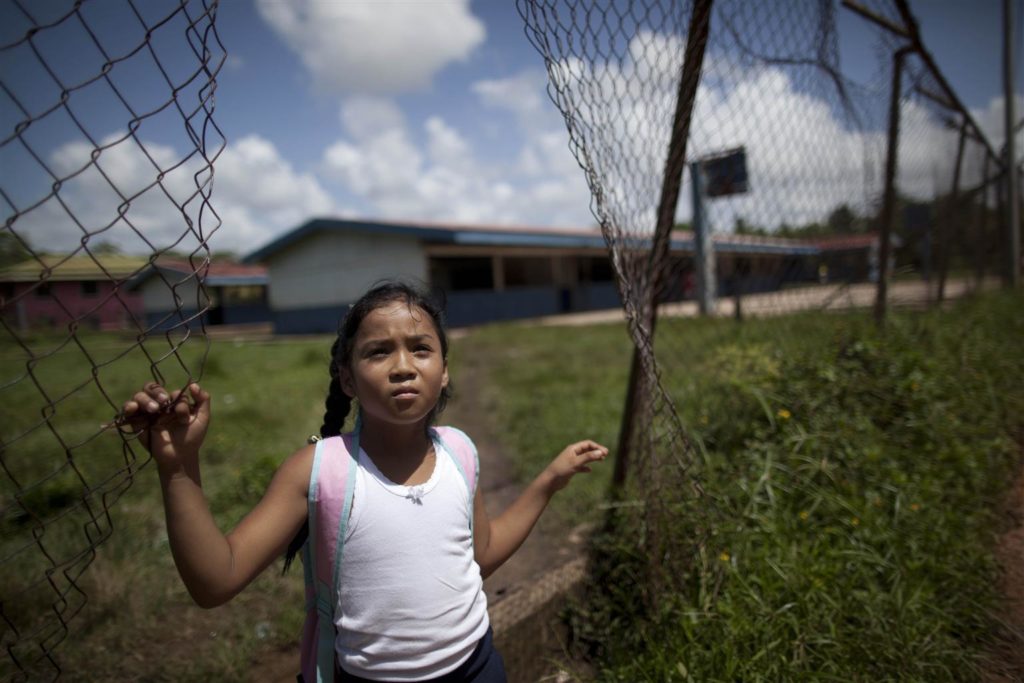Principle Addressed | Piloting different technologies to connect rural schools |
Project Name | Nicaragua’s National School Connectivity Plan (Connect A School Connect A Community) |
Location | Nicaragua |
Date | 2010 |
Partners | ITU Institute for Telecommunications and Posts (TELCOR) Intel |
Cost
Of the 100 computers distributed, 60 were provided free of charge by the ITU, and 40 were donated by Intel Corporation. The Claro-Enitel Corporation offered free Internet connectivity to each of the five schools for the first year.
Situation/Challenge
In 2010, only an estimated 10 per cent (ITU, 2010) of the population in Nicaragua was using the Internet.
Aim of Project
To connect Nicaragua’s rural public schools with ICT access to that schools could serve as community ICT centers for rural, marginal and isolated areas.
Project Details
Given the 8,154 public schools in Nicaragua, the first step was to create a national plan for connectivity to schools. The ITU committed to cooperate in the drafting of a national school connectivity plan for the country and to conduct a pilot project, which would connect five public schools using different network technologies.
Following a review of policies and regulations in the Nicaraguan telecommunications sector a staged plan was put in place for national school connectivity, which included proposed polices to:
- Eliminate value-added tax for Internet services for schools.
- Setting preferential rates for the educational sector.
- Imposing conditions, such as provision of Internet services to schools at preferential rates, on companies before granting or renewing spectrum.
- Auctioning unused spectrum on condition that the licenses provides free connectivity to schools for the duration of the license.
- Using the proceeds of the Telecommunications Investment Fund (FITEL) to provide Internet services to schools and to finance the purchase of equipment.
For the pilot, children at five remote schools were provided with computers, electricity and Internet access. Internet access was provided via 3G connection, canopy antenna, and VSAT technology. In some instances electricity also had to be installed and this was achieved with the aid of solar panels. Each school was equipped with 20 computers and 98 rural schoolteachers were trained in ICT, with each school receiving per week four hours of training on site and four hours online for five weeks.
Results
A total of 921 students, 98 teachers and 2923 people in the communities where the five schools were located, benefitted from the project. Additionally, the country benefitted from the development of a national school connectivity plan, which could be used to continue the task of connecting schools.
As a result of developing the national school connectivity plan, major challenges such as financing, improved collaboration between public and private sector, cultural adaptation to technology, and the importance of capacity building were identified.
In addition, the implementation of the pilots highlighted the use of different technologies for urban and rural areas in future projects, the need to decentralize technical and teaching assistance at the local level, and the requirement for public sector institutions to work in a more integrated fashion.

